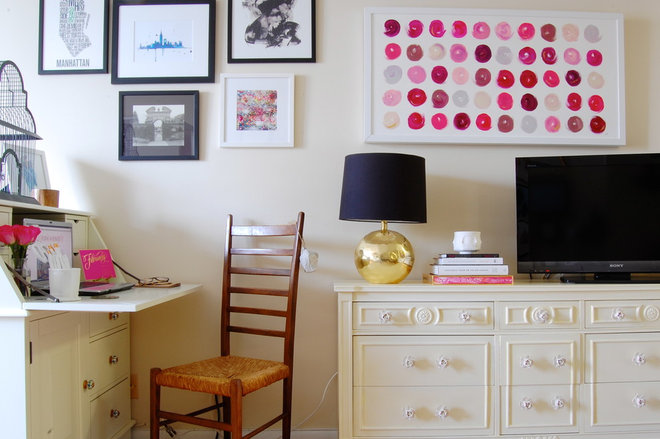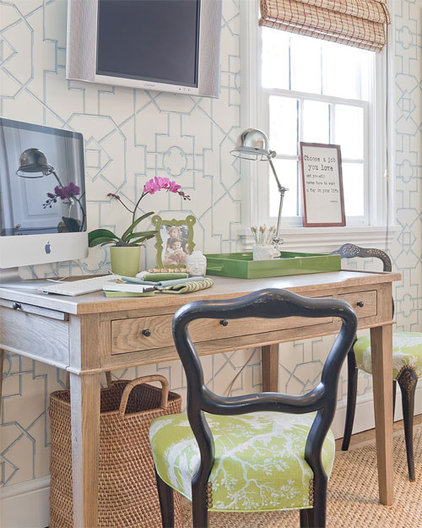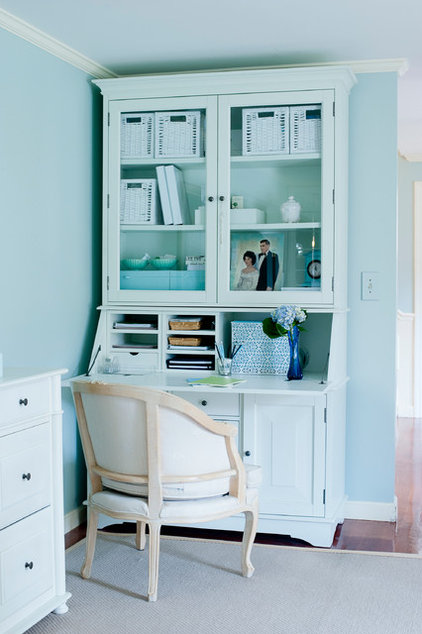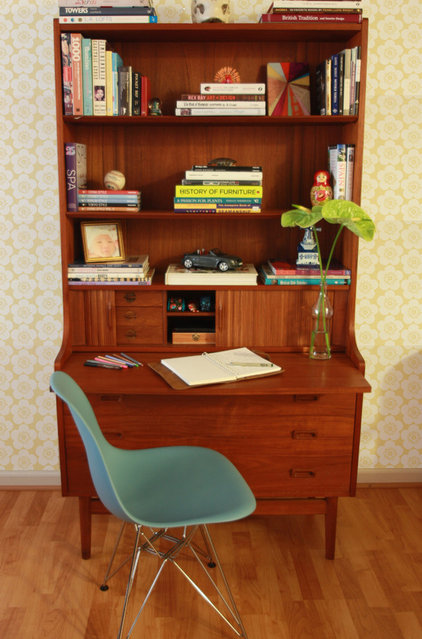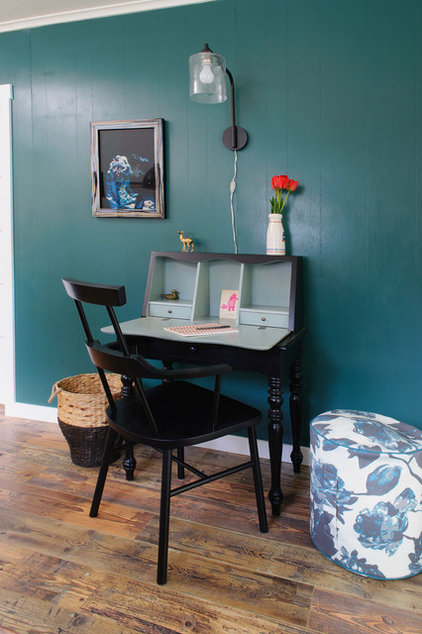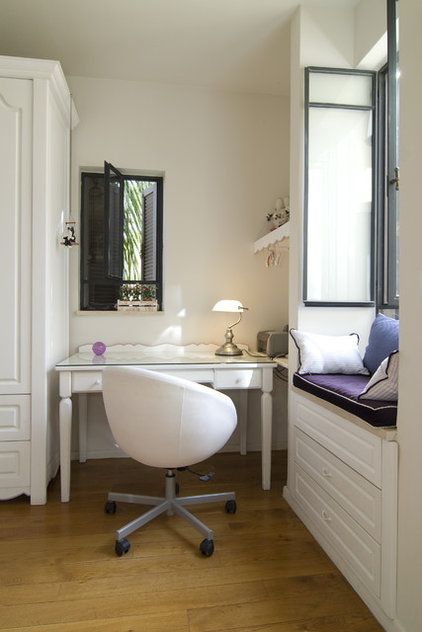Do you remember the last handwritten note you received? I’m
willing to bet you do (even if it was some time ago), because even a
few handwritten lines tend to feel so much more meaningful than an email
or text. It really doesn’t take much more effort, once you are in the
habit of doing it, yet most of us do it so rarely these days — I
say it’s high time we revived the lost art of the handwritten note.
Sitting down to write a note forces you to think about what you want to
say before you say it, helping avoid email regret (it’s so easy to click
Send), and you’ll communicate a heartfelt message in a more personal
way than is possible with digital mediums. Here you’ll find tips on note
writing, including choosing your tools and setting up a writing corner,
plus writing inspiration and even details on a modern version of pen
pals for grownups.
Choose your pens, paper and other accoutrements.
At the bare minimum, have a stack of blank cards on hand that can be
used for all occasions. These could be monogrammed or printed with a
pleasing (but not holiday-specific) design like metallic stripes or
polka dots, and either flat or folded (flat feels a bit more formal).
Choose a pen that you enjoy writing with (
I like LePen for writing in color) and store your address
book
and a roll of forever stamps along with your writing supplies. If you
enjoy shopping for stationery, you will probably find yourself
accumulating more than will fit in a single drawer;
try sorting your cards by occasion or color in an expanding file or, for a display-worthy option, in an antique toast rack.
A tip on addresses for digital types:
If you store all of your contacts online, it can be helpful to print
out a copy to store with your writing supplies. Sure, you can always
look up an address on your
computer
or phone, but I’ve found that sometimes the mere act of firing up the
computer is enough to make my motivation to write a pen-and-paper note
waver. Store a wee address book with your cards and pens.
Set up a dedicated writing corner. Having a real writing
desk
(that is, not the one your computer is on) can make sitting down to
write a pleasure. Keep your supplies neat and attractively organized,
and regularly treat your writing corner to fresh flowers and scented
candles. A few small reference books can be a great help when
inspiration fails you
— I recommend The Art of the Handwritten Note for how-to advice, and Bartlett’s Familiar Quotations
for peppering your prose with apt quotes. Cards and papers are pretty,
so there is no need to hide them away; try setting them out in a letter
organizer or fill tiny cubbyholes with cards.
Or keep it close and casual.
It makes sense to store your writing materials near a comfortable spot
for sitting and writing, though that doesn’t need to be a desk. An ample
nightstand or a kitchen table can also make fine writing surfaces, and
you may be more comfortable there than at a desk.
Get inspired to write. If
you are just dashing off a quick thank-you note, it may feel quite easy
and natural; but when you want to send a longer missive, like one
expressing condolences or a letter to a far-away friend, you may want to
take a few extra steps to get grounded.
Pour yourself a mug of
coffee or tea, gather your writing materials and put on music that suits
your mood. Open the window if it’s a nice day, to feel the fresh air on
your face. Take a few deep breaths and notice your surroundings using
your five senses — sharpening your observation skills will
get you in a writing frame of mind. Finally, before you begin, call to
mind the person you are writing to, as vividly as possible. Imagine he
or she is sitting across from you as you write, and then begin.
Reasons to write. If you
are not used to writing notes, it may be difficult to come up with
reasons to send one. While emailing is totally acceptable for many
occasions these days, there are times it really is best to send a real
ink-on-paper note.
Weddings, babies, serious
illnesses and loss are the big ones, but corresponding on paper can also
be a really wonderful way to deepen a treasured friendship. Send a note
when a friend shares really big news with you, send
postcards
when you travel, write love notes (not just on Valentine’s Day) and
send an occasional long letter to friends who live far away, just
because.
Keep it short and sweet with postcards. I adore postcards
—
who doesn’t? Postcards are charming, plentiful, inexpensive to buy and
cheap to mail, and (this is the kicker) they take about two seconds to
write. Start picking up postcards here and there when you see good ones,
and soon enough you will have quite a collection to choose from for any
occasion. You can send them in the mail, of course (they work well as
thank-you notes and for quick hellos), but they can also be tucked on
top of a gift instead of a typical birthday card or used as quirky party invitations.
Postcrossing: pen pals for grown-ups. Half
the fun of corresponding is the anticipation of receiving an actual
pen-and-paper note in return. Sadly, not all friends or family members
are likely to share the same enthusiasm for the written word. If you
find your mailbox a bit emptier than you would like, consider joining
Postcrossing,
a project that allows people around the world to send and receive real
postcards. Once you sign up, you will receive an address of another
Postcrosser to send a postcard to.
Once that person has
received a postcard from you, you will be in the pool to receive a
postcard from someone else. The addresses selected are random, but
Postcrossers are known to develop pen pal friendships with other members
from time
